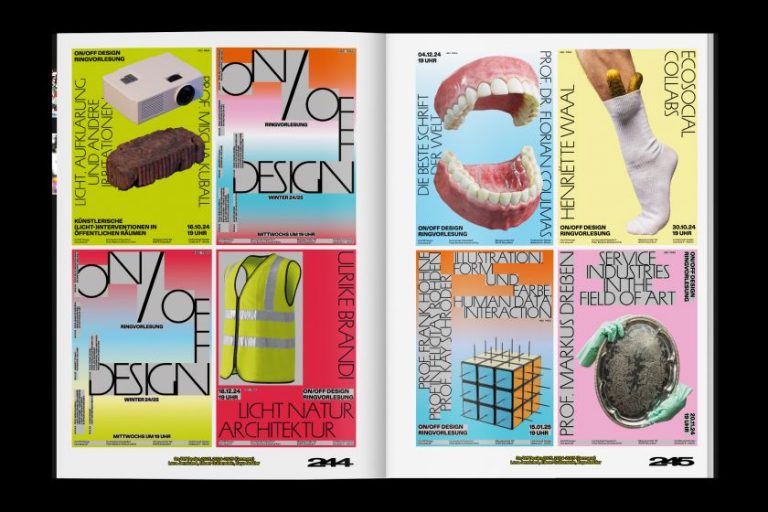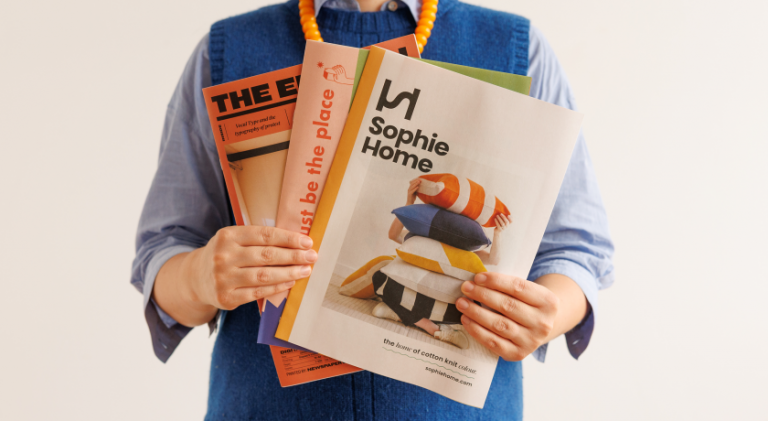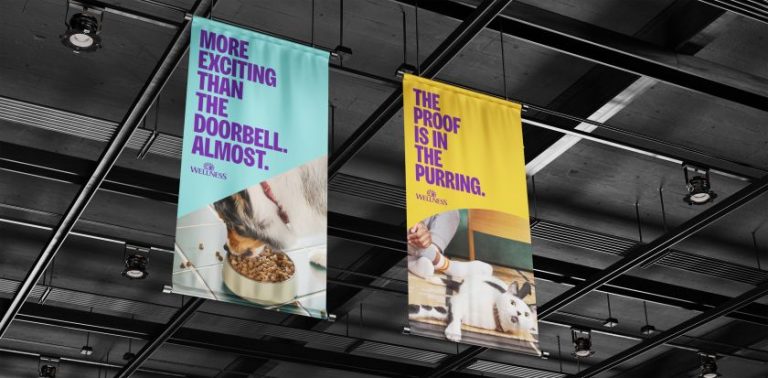From clandestine calls and disguised cargo to breakthrough chemistry and Anna Delphy, you’ll think we made this story up. But it’s all true!
In the pantheon of art rescue stories, few can match the audacity of what happened in New Orleans’ Lower Ninth Ward on a dark evening in 2010. A dump truck driver named Ronnie Fredericks, armed with nothing but a flashlight and an eye for art, was about to pull off one of the most remarkable street art salvations in recent memory.
Three years after Hurricane Katrina, Bristol street artist Banksy had left his mark on New Orleans with 17 provocative murals scattered across the urban landscape. One of them, Boy on a Life Preserver Swing, adorned the side of the Fat Cat, a biker bar in the Lower Ninth Ward. Yet when vandals covered it with red spray paint and the building faced demolition, most people assumed the artwork was lost forever.
But Ronnie saw something worth saving. That night, he returned with his flashlight and loaded 28 red-tinged cinderblocks into his truck, trusting that somewhere beneath layers of paint lay a piece of modern art history.
The rebel collector
Over the next decade, Ronnie moved house five times. On each occasion, he hauled his mysterious cargo along… much to the perplexity of his young daughter. Finally, in 2021, he made contact with Sean Cummings, a hotelier and cultural preservationist, using a borrowed phone and a fake name. Sean was intrigued. Within 30 minutes, he rang back.
At this point, it’s worth pointing out that Sean isn’t your typical property developer. “I think of myself more as ‘artist with buildings’ than real estate developer,” he tells me. “I love cities: the energy of great cities, and New Orleans most of all.” And this passion runs deep. “My whole life, I’ve been drawn to the rebels and rebel artists themselves, more than their art; whether he plies his craft on a literal canvas or she grows her company as her canvas. Steve Jobs over Gates. John McEnroe over Borg. Basquiat. Banksy. Bukowski.”
This philosophy clearly extends to Sean’s business strategies as well. Because when I ask why he was willing to invest such significant resources in preserving the Banksy piece, his response lies somewhere between pragmatism and poetry.
“Who knows what should be ephemeral or eternal in life?” he says. “I don’t. But Banksy’s cogent message in these 17 murals is that New Orleans matters; that this special city was worth saving after the Katrina catastrophe. I did a lot to save this city too, and I think his art—his extraordinary tribute to New Orleans—was likewise worth saving.”
The chemistry breakthrough
The restoration process, however, would test the very limits of art conservation. Art restorer Elise Grenier, who’d previously worked on Cummings’s other Banksy piece, Looters, faced the immense challenge of removing spray paint from spray paint, with no atmospheric deposits between the layers to aid separation.
When traditional methods failed, Elise hit what seemed like an insurmountable wall. Then serendipity intervened in the form of Michele Baglioni, an Italian colleague who’d developed a revolutionary gel specifically for removing modern paints.
The process required shipping a cracked cinderblock to Florence, disguised as “modern building material” to avoid attention. When the testing revealed a portion of the boy’s back beneath the red paint, Elise knew they’d struck gold.
Creating unlikely partnerships
This collaboration between a truck driver, hotelier, art conservator and Italian chemist might seem improbable, but for Sean, it was water off a duck’s back. “I’m always bringing together gifted people from different walks of life to create the special buildings we create,” he explains. “And so working with this improbable cast of characters seemed perfectly normal. My kinda gig, not in any way out of my comfort zone.”
This comfort with the unconventional extends to his choice of guests for the artwork’s unveiling in November last year. Sean flew in fashion expert Kelly Cutrone and famed con artist Anna Delvey (the real-life subject of the Netflix drama Inventing Anna) to celebrate the restoration. They sound like unlikely guests, but Sean explains that: “Kelly is a dear friend and impossibly talented. She knows everyone, not only in fashion but also in art; her then-husband, Ronnie, had been Andy Warhol’s right-hand man.
“Since she and Anna Delvey launched the Outlaw Agency and hosted the most acclaimed show at Fashion Week 2023, well, obviously, I had to get these two extraordinary, fun, funny, smart, rebel women and PR pros to both unveil this iconic mural and tell this extraordinary story. Even though I had to write to Anna’s probation officer to get permission.”
More specifically, Kelly, who “humorously declared ‘squatter’s rights'” on Sean’s historic property, represents the kind of creative energy he seeks to attract. “She loves New Orleans and visits three times a year for sacred music festivals and high holy days on the Vodou calendar,” he notes approvingly.
The public good argument
But let’s get back to the art… The restored Boy on a Life Preserver Swing now hangs in the lobby of the International House, Sean’s boutique hotel. And for him, this placement serves a deeper purpose than just decoration.
“My hotel began life as the first-ever World Trade Center, and its world-class architecture and soaring lobby practically beg for beautiful art,” he explains. “Banksy is the most famous artist in the world, and street art is a public good. These are modern frescos that people can see any time, without paying admission to a museum or being invited to some wealthy dude’s private collection.”
This democratic approach reflects Sean’s broader philosophy about street art’s role in urban culture. “I like the creative riff of text and paint laced with that rebel spirit,” he enthuses. “Always a finger in the eye of the Establishment and call for a higher level of conduct. Often caustic wit, sometimes sacred archetypes. Like Émile Zola, they came to ‘live out loud’, and their voices echo from the art.”
All in all, it’s a tale that should inspire creatives everywhere. In a city where culture serves as both economic engine and spiritual sustenance, this slightly bonkers art rescue is a testament to humanity’s enduring ability to recognise and nurture creativity in the most unexpected places. “Plus we’re the first people in the world to save a spray-paint mural covered by spray-paint,” Sean notes with pride. “Kinda cool!”










